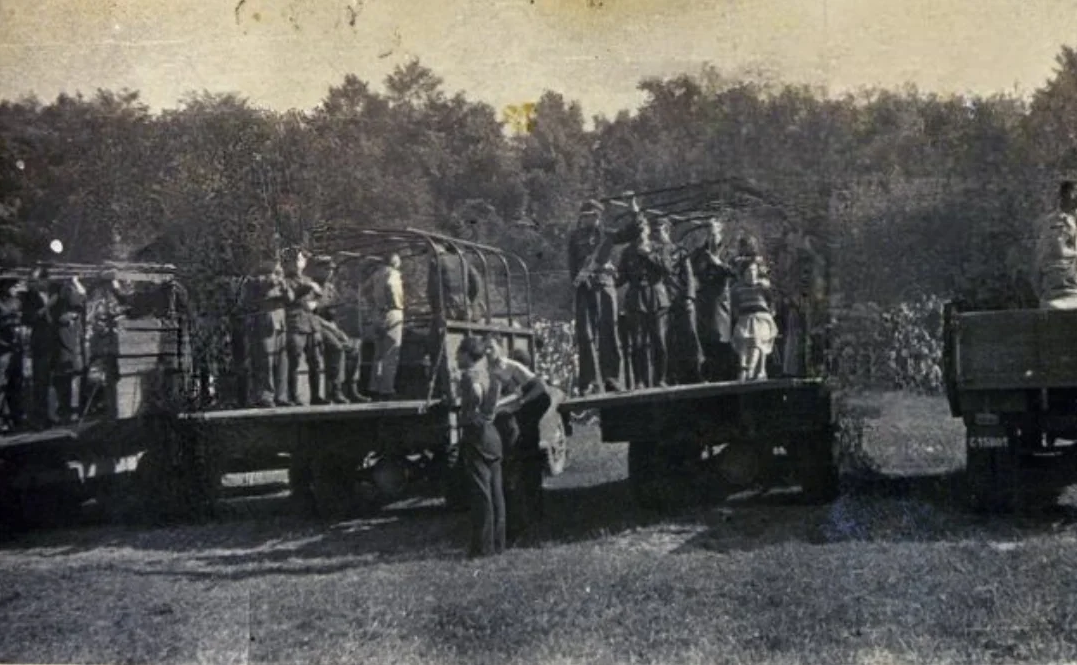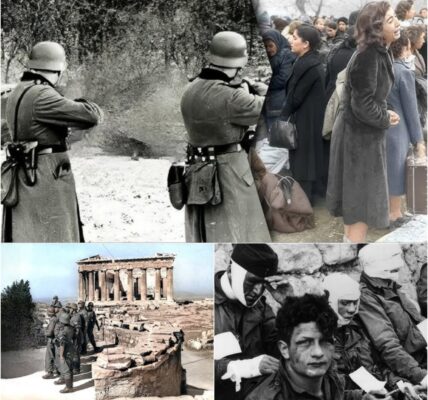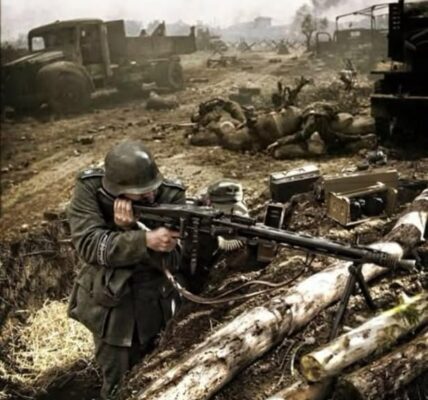SIX FEMALE MONSTERS PAY THEIR PRICE: The last moments of six Nazi female guards from Stutthof – “The cruel women of the Stutthof camp”, who made the prisoners tremble at the mere mention of their name _de7
The Stutthof concentration camp, established in 1939 near Danzig (now Gdańsk, Poland), was a site of Nazi oppression and forced labor. It interned over 100,000 prisoners, including Poles, Jews, and Soviet prisoners of war, and resulted in approximately 85,000 deaths between 1940 and 1945.
As part of the ethnic cleansing policy targeting the Polish elite—intellectuals, clergy, and politicians—the camp’s establishment reflected the Nazi regime’s pre-war planning for internment centers.
After the war, former camp inmates were tried for war crimes, leading to convictions and executions in 1946.
This analysis, based on the historical archives of the Stutthof Museum and trial documents, provides an objective and informative overview of the camp’s origins, its operation, and the legal proceedings – with the aim of commemorating the victims and fostering an understanding of responsibility in connection with the Shoah.

Establishment and Initial Aims:
The Stutthof camp was established in a wooded area west of the village of Stutthof, about 35 kilometers east of Danzig, as part of the Nazi program of ethnic cleansing, which aimed at eliminating the Polish leadership and intelligentsia.
Even before the outbreak of war, the German authorities had already compiled arrest lists and identified potential camp locations. The first “old camp,” built by prisoners in 1940, consisted of eight barracks surrounded by barbed wire fences.
Originally conceived as a labor camp for Poles, Stutthof was expanded after the invasion of Poland in 1939. Pre-war planning envisioned the internment of individuals perceived as a threat, in line with SS initiatives to suppress all opposition.
From 1942 onward, the camp housed political prisoners, clergy, and intellectuals – under conditions characterized by overcrowding and forced labor in the surrounding factories.
Expansion and atrocities

Stutthof became a full-fledged concentration camp in January 1942 and was henceforth under the direct supervision of the SS. From this point on, German female guards were assigned to the camp – their number reached 295 by the end of the war. From 1943, Ukrainian auxiliary forces reinforced the staff. The camp comprised several subcamps, including Bromberg-Ost in Bydgoszcz, which was established in 1944 for female prisoners.
Conditions deteriorated rapidly: typhus epidemics in 1942 and 1944 claimed thousands of lives. The weakest were murdered in a gas chamber added in 1943 or transferred to euthanasia centers. The first executions took place on January 11, 1940, when 89 Polish activists were shot, followed by phenol injections and the use of mobile gas vans.
From June 1944, Zyklon B was used to gas Jewish women and children, resulting in approximately 4,000 deaths before the camp’s evacuation.
In total, approximately 110,000 prisoners were brought to Stutthof, of whom 85,000 died as a result of disease, starvation, or execution. The camp played a role in the implementation of the “Final Solution” by serving as a transit point for the deportation of Jews from ghettos to the extermination sites.
Liberation and Stutthof Trials

Stutthof was evacuated in January 1945, with approximately 40,000 prisoners forced on death marches. The camp was liberated by the Red Army on March 9, 1945. The testimonies of survivors later served as the basis for legal prosecutions.
The Stutthof trials, conducted by a Soviet-Polish tribunal in Danzig from April 25 to May 31, 1946, indicted 13 members of the camp staff, including the commandant, guards, and Kapos. All were convicted of crimes against humanity. Twelve defendants—including the guard leader Johann Pauls—received the death penalty, the others prison sentences.
The executions took place on July 4, 1946, in Biskupia Górka near Danzig. Some former prisoners participated in the executions, including the hanging of several female guards, among them Jenny-Wanda Barkmann.
Later trials, which took place between 1946 and 1953, convicted other camp members, including female guards such as Wanda Klaff (hanged on July 4, 1946), for the mistreatment in the subcamps.
Legacy and Reflection
The history of Stutthof illustrates the spread of National Socialism in Eastern Europe within the framework of the “Lebensraum” ideology, which aimed at the displacement of Slavs, Jews, and Roma. The trials, one of twelve major postwar trials, established the responsibility of middle-ranking accomplices and thus complemented the Nuremberg Trials.
Today, the Stutthof Museum and Memorial preserves artifacts, archives, and testimonies to inform about the impact of the Shoah in Poland, where approximately six million people perished. The executions of 1946 symbolize a form of justice—incomplete, but essential—since some perpetrators, such as Commandant Max Pauly, were tried elsewhere.
The establishment of Stutthof as part of a program of ethnic cleansing became a site of extermination that claimed the lives of 85,000 people. The convictions of the camp personnel represented a step toward acknowledging the crimes and achieving international justice.
These trials, based on the direct testimonies of survivors, reaffirmed the primacy of law after the atrocities and continue to serve as an inspiration for remembrance, vigilance, and compassion.
The story of Stutthof, documented by institutions including the United States Holocaust Memorial Museum, underscores the importance of remembering the victims and the need to prevent future genocides.










